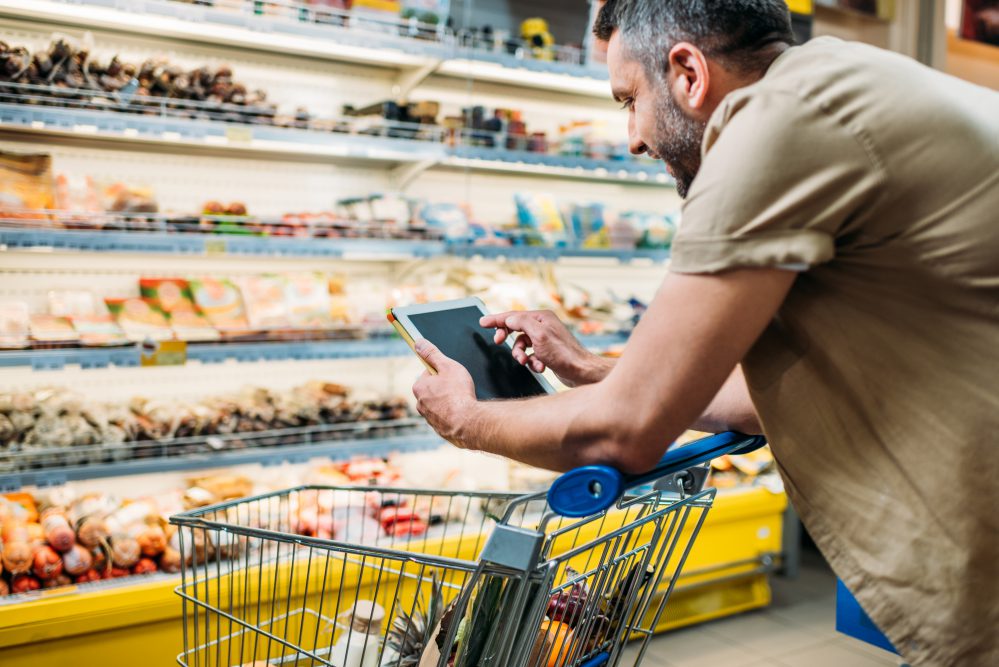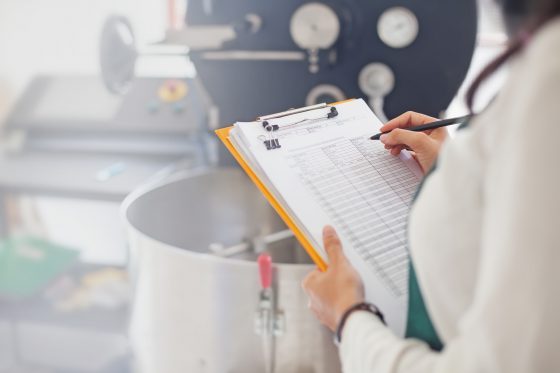What the USDA’s new Billion-Dollar Plan Means for Food Processors
The U.S. Department of Agriculture (USDA) is renewing its commitment to strengthen critical supply chains and address long-standing challenges within the food production and processing industries.
“As the pandemic has evolved and Russia’s war in Ukraine has caused supply chain disruptions, it has become clear we cannot go back to the food system we had before,” said the USDA in a press release.
The USDA aims to make the industry more competitive, equitable and resilient by investing billions of dollars in the food system. These investments are designed to build on a framework of similar legislation introduced in 2021 and could make the industry even more competitive.
Continue Reading “What the USDA’s new Billion-Dollar Plan Means for Food Processors”


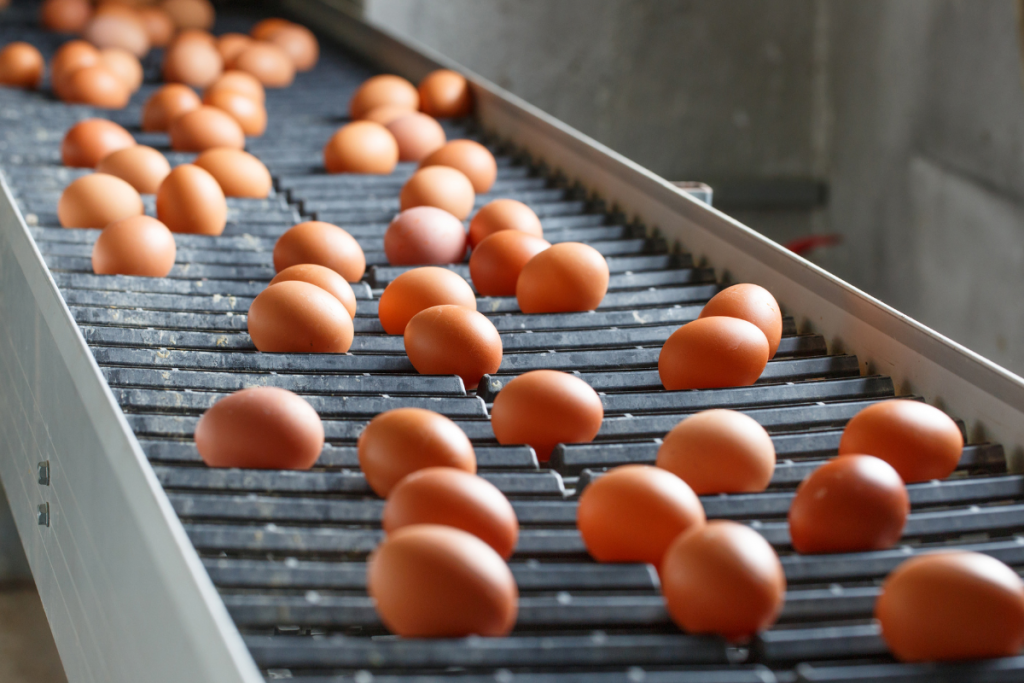

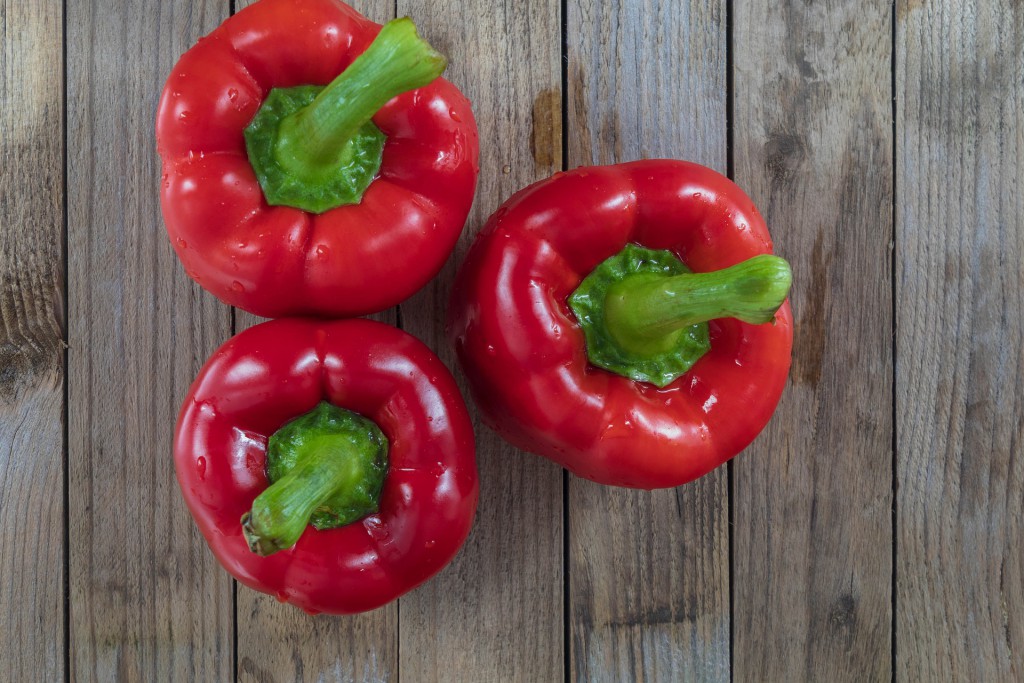
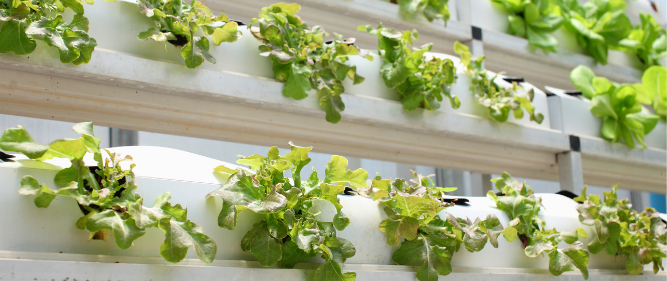

![Maximizing Drone Technology on Food Plant Construction Sites [VIDEO]](https://stellarfoodforthought.net/wp-content/uploads/2019/06/Maximizing-Drone-Technology-on-Food-Plant-Construction-Sites-VIDEO.png)

